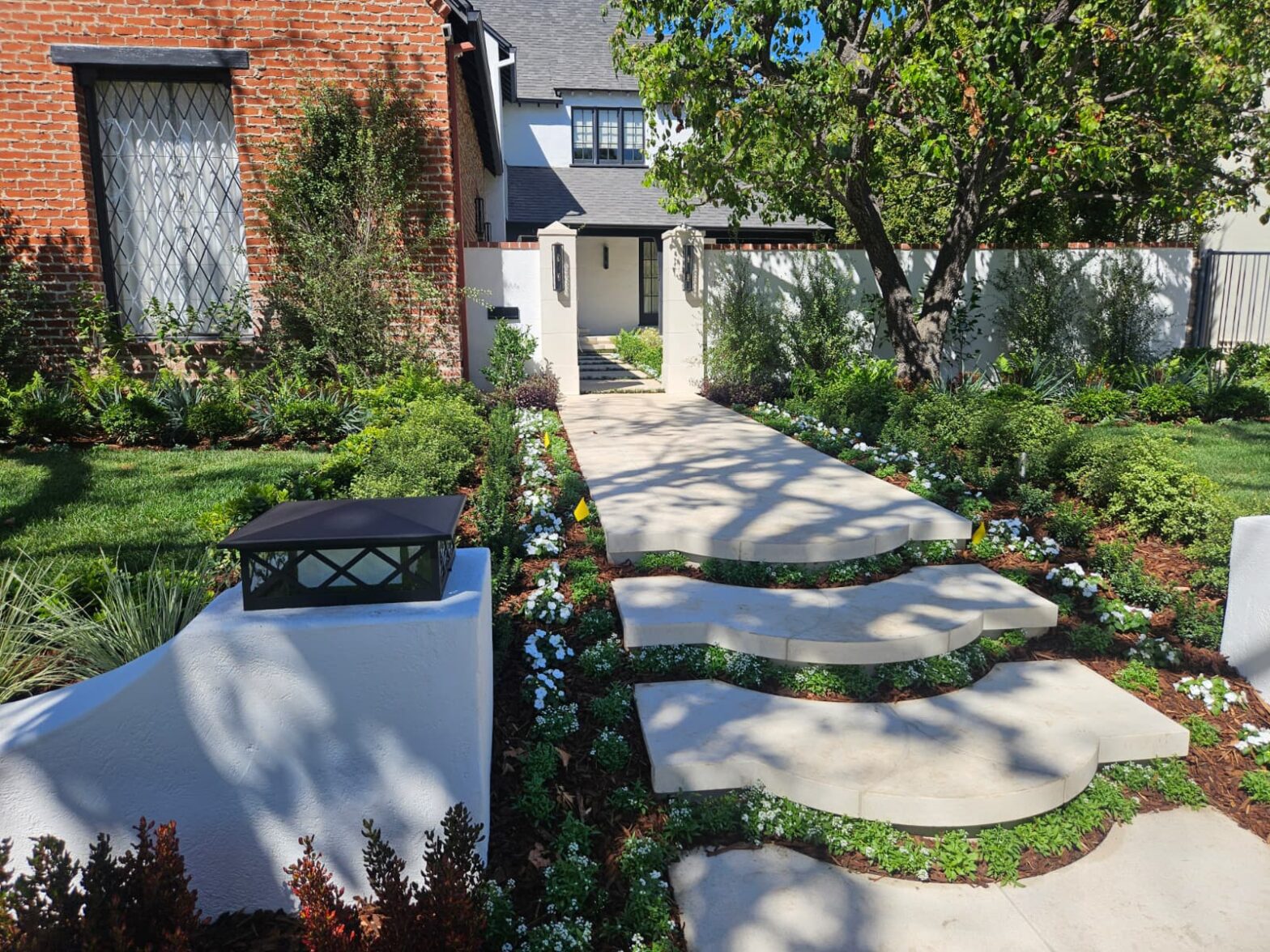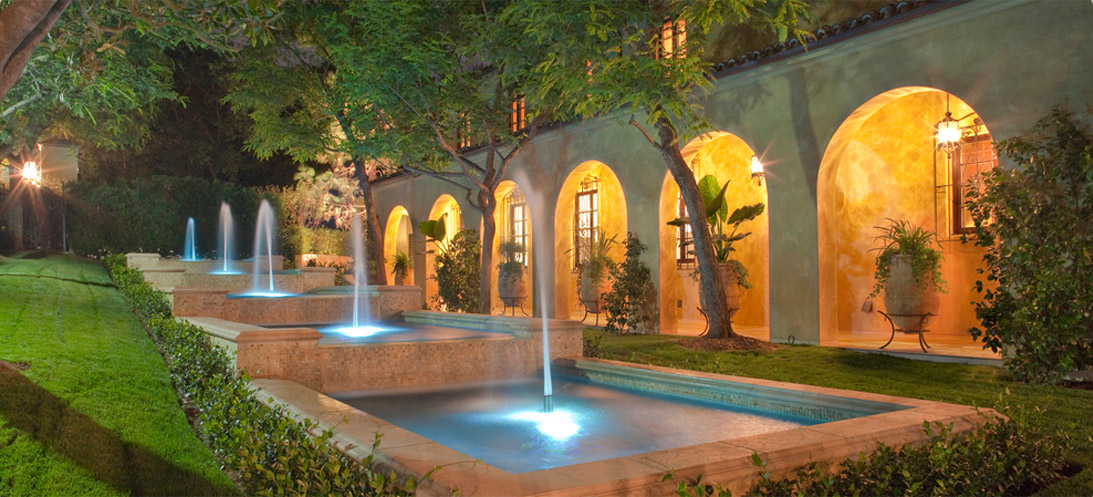
Key West conjures up images of nautical adventures. When we think of Ernest Hemingway, our minds immediately are transported to the literary classics such as “The Old Man and the Sea” and “A Farewell to Arms” — a couple of his masterpieces. We rarely think of where he lived, or what kind of decor he fancied unless it is in relation to what he wrote. Yet, what he wrote was greatly influenced by his surroundings. For Hemingway, his surroundings were his muse.
Originally built in 1851 by Asa Tift, who was a marine architect and salvage wrecker, the Hemingway House is a French Colonial-style estate located at 907 Whitehead Street in Key West, Florida, across the street from the Key West Lighthouse. The house was a gift from the uncle of his wife, Pauline. The house was what you would call a fixer-upper in today’s terms, but the Hemingways’ always saw “the pretty in it.”
The Hemingway home in Key West was where Hemingway wrote “The Snows of Kilimanjaro,” “The Happy Short Life of Francis Macomber,” “To Have and Have Not” and “Green Hills of Africa.” Both Hemingway and his wife lived here from 1931 to 1939.
All that time he was surrounded by 17th and 18th-century antiques, which he absolutely loved. Another great love of Hemingway were cats. When he lived in Key West in this very house, he had a six-toed cat named Snow White.
On November 24, 1968, the Hemingway House became a National Historic Landmark. Today, it is known as The Hemingway House and Museum, where many tours are given to the public. As a little piece of immortality, many of the descendants of Hemingway’s beloved cat Snow White reside at the Hemingway House and happily greet tourists. Can’t help wondering if Hemingway himself planned this ending all along.












